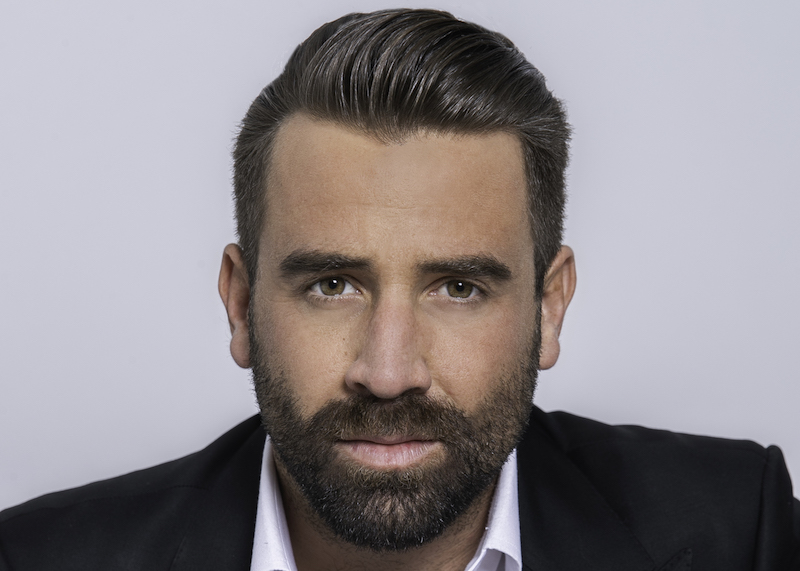As Ken Ramsey looks to retirement in the middle of next year, he has much to be proud of as he surveys his accomplishments. Over 40 years ago he took charge of the institution founded by the much beloved Dr. Abraham Twerski, scion of a revered rabbinic heritage and among the most famous and pioneering addiction psychiatrists whose practice saw its heyday just as the U.S. treatment industry was taking on its contemporary form.
Turnaround
According to Ramsey, Gateway was in rough shape when he took the helm, with a census of about 100 and barely the means to take care of that. “I was told to give the place its Last Rites and move on,” Ramsey recalls someone saying. “But I thought differerently, and stayed on.” In the ensuing decades Gateway grew considerably beyond the borders of its Pittsburgh native locality, opening many locations throughout Pennsylvania and cutting a key deal that brought expansion into Ohio. Now that Ramsey is set to move on after a lifetime’s work and accomplishment that, when stacked and compared to his contemporaries clearly puts him in the pantheon of key ad- dictions institution builders, a major search is underway for a worthy successor.

Exciting Challenges
Certainly, the Gateway Rehab being taken over by the new CEO – the search for whom is being led by Vantagen’s specialty non-profit recruitment practice – is a far cry from the one a no doubt fairly desperate Abraham Twerski handed off to Ramsey 42 years ago. In many ways the growth of Gateway Rehab has been representative of the industry as a whole, but in some ways Gateway Rehab’s development has been relatively unique – and it is this particular relatively unique characteristic that will hand Ramsey’s successor a major competitive advantage as he settles into his new job.
Top 50
At $50M in annual revenues , Gate- way Rehab is easily among the top 50 largest addictions centers in the nation. Like other regional addictions powerhouses such as Gateway Chicago, Operation PAR in northern Florida and Tarzana in Southern California, Gateway Rehab has grown mostly organically, responding largely to the treatment needs of middle class and state-funded clientele. Or, as Ramsey told Treatment Magazine, “we are not really in the amenities side of things here.”
Over the years, Gateway Rehab and its other regional addictions center brethren, have emerged as the backbone of the U.S. addiction treatment system. And as treatment’s workhorses – “real” non-profits in the charities sense – these institutions have always had a big challenge on the revenue side. “Getting the funding to meet our missions goals has always been the primary struggle,” says Ramsey, adding that challenges coming from the systemic Obama-care health care reforms will present “an exciting new era with a host of new challenges and opportunities” for Gateway’s new chief.
Parting Gift
On the funding side that Ramsey emphasizes as critical, the new Gateway CEO will be handed a gift from his prescient predecessor in the form of a relatively rare “triple play” payor mix that many, especially public funded centers have been striving mightily for in recent years. Triple Play The tendency in the treatment market has been, since the advent of the contemporary shape of the industry in the 1950s, for a relative lack of diversity in funding and revenue flows, with the industry divided between those that relied on public funding and those that relied on private funding, either insurance or cash pay. Both sides even have their own industry associations. However, just like with investing, diversification of revenue and funding mitigates risk, which many centers that have relied on state funding have found out in recent years as they have scrambled to acquire expertise in private treatment markets in order to survive.
Gateway Chicago, Operation PAR and hundreds of other centers have, to a greater or lesser degree, scrambled to diversify and achieve a result that Ramsey’s successor will simply inherit. Gateway Rehab has typically, because 75 percent of its 1,700 census population is out-patient, done a lot of in-network insurance business. But Ramsey has also always sought to work with state and county agencies, finding ways Gateway’s treatment assets could be used to meet their needs. And as other treatment players fall by the wayside, Gateway Rehab has even managed to increase its public funding flows to the point they are now half of revenues, up from about 30 percent historically.
As Ramsey describes the challenges and changes his successor will likely face, he suddenly interjects, insisting almost, that the challenges will be “exciting” and positive as the new CEO seeks to find a way to make the Gateway method and way of doing things integrate into the new reality of healthcare reform and the new medical system to emerge as Obamacare becomes reality. But there exists the very real possibility that the Gateway Rehab way of doing things may not survive as the clientele it serves is increasingly pushed into short-term interventions of medical clinics combined with the much less expensive tele-therapy – Internet-based care that is emerging.













